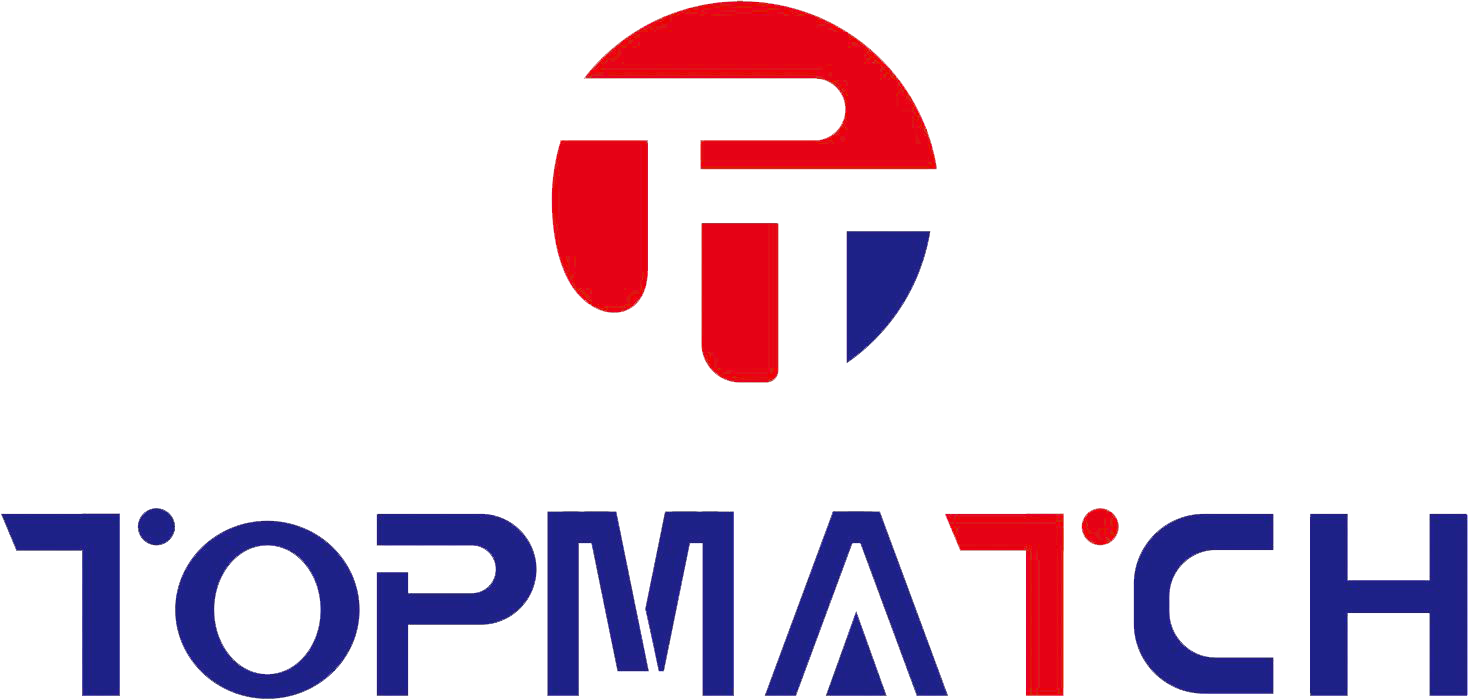A Concise Examination of the Distinctions Between Manual Wide-mouth Glass Bottle Manufacturing Machines and Assembly Line Production Methods
Release date: 2024-08-29 00:22:01.516
Visits:
In the manufacturing of wide-mouth glass bottles, there are two distinct production processes: manual machines (commonly referred to as foot-operated manual bottle flipping machines for small-mouth bottles) and assembly lines. These processes differ significantly in both methodology and pricing, leading to confusion among many customers regarding their specific distinctions. The key differences are outlined below:
1. Wide-mouth glass bottles produced by manual machines rely on human operation, resulting in variability in product effects and quality based on the operator's skill level. A prominent difference is observed at the bottom of the bottle, where uniformity can fluctuate depending on individual performance; however, consistency tends to improve with continuous production of a single variety. Conversely, products manufactured via assembly lines exhibit remarkable uniformity in smoothness, consistency, and clarity of the moon-shaped line at the base of the bottle—attributes that enhance aesthetic appeal and suitability for mass container filling while also boosting production efficiency and output value.
2. During manual operations, misalignment or improper placement of mouth molds may lead to inconsistencies in bottle mouths; thus, uniformity can vary considerably. Nevertheless, manual methods offer greater flexibility than assembly lines when producing items that cannot be efficiently manufactured through automated means.
3. Molds utilized in manual machinery typically feature handle-operated openings; consequently, factors such as venting timing and mold closure affect both shape formation and cooling post-molding process. In contrast, assembly lines incorporate precisely engineered vent holes along with meticulously timed opening/closing mechanisms that minimally impact product shape while ensuring minimal seam visibility.
4. The manual production process imposes lower demands concerning operational space and changeover time while adeptly accommodating small-volume customer needs due to shorter mold fabrication times coupled with reduced investment requirements—this flexibility contributes significantly to its enduring popularity among glass bottle manufacturers. However, assembly lines necessitate specific conditions related to workspace availability and product volume.
5. Numerous glass bottle manufacturers strategically install both manual machines alongside assembly lines within a single kiln setup to optimize capacity utilization effectively while maximizing overall production efficiency tailored towards diverse customer requirements.



